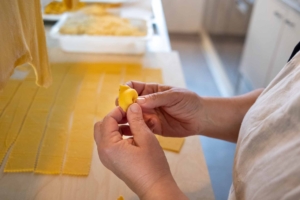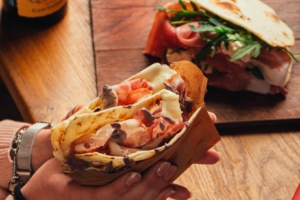Cappelletti Pasta: recipe, history & where to try it
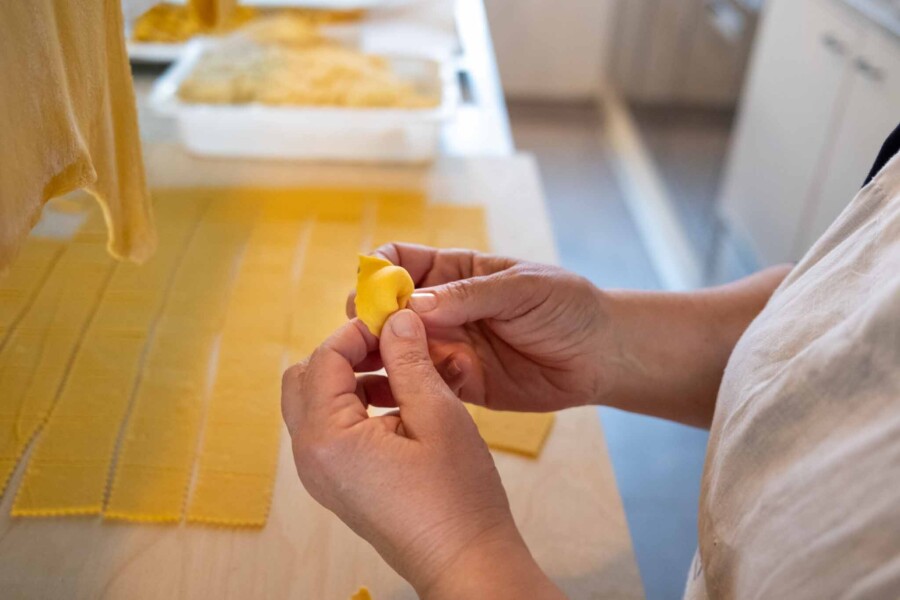
If you love Italian cuisine, you’ve probably heard of cappelletti pasta.
This traditional stuffed pasta, originating from Emilia-Romagna, is often confused with its more famous cousin, tortellini.
But make no mistake—cappelletti has a unique identity, from its delicate shape to its rich, flavorful filling.
Whether you’re looking for an authentic cappelletti recipe, wondering about the differences between cappelletti vs tortellini, or searching for the best places to try cappelletti in brodo, this guide has everything you need.
Let’s dive into the delicious world of cappelletti pasta!
Overview of Cappelletti Pasta
What makes Cappelletti special?
Cappelletti translates to "little hats" in Italian, a reference to their characteristic rounded shape.
Unlike tortellini, which is tightly sealed and pinched into a ring, cappelletti are folded into a small, plump pouch.
This pasta is traditionally served in broth (cappelletti in brodo) during the winter months, especially on Christmas Eve.
However, modern variations include butter and sage, tomato sauce, ragù, and even truffle-infused fillings.
Difference between Cappelletti and Tortellini
You might be wondering: what’s the difference between cappelletti and tortellini?
While both are filled pastas from Emilia-Romagna, they have distinct differences:
If you’re visiting Emilia-Romagna, you’ll likely find tortellini in Bologna, while cappelletti is more common in Ravenna and Cesena.
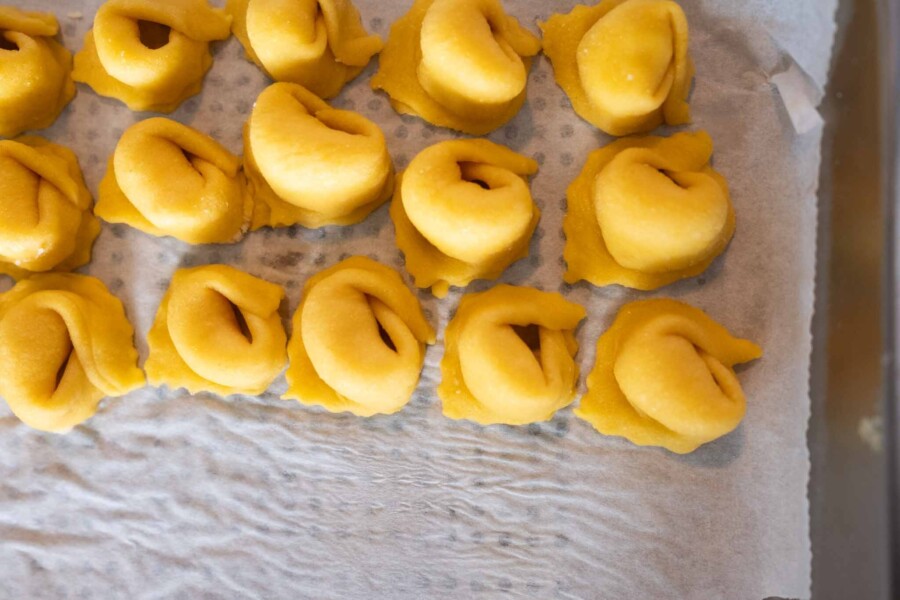
Origin and history of Cappelletti
The origins of cappelletti pasta date back to the Middle Ages. The first written records appear in 15th-century cookbooks, where the pasta was described as a delicacy enjoyed by noble families.
Pellegrino Artusi and "Cappelletti all'uso di Romagna"
One of the most famous historical recipes for cappelletti comes from Pellegrino Artusi, the father of Italian cuisine.
In his 1891 cookbook "The Science in the Kitchen and the Art of eating well", he describes "Cappelletti all’uso di Romagna" as a festive dish, traditionally filled with capon meat, veal, ham, and Parmigiano Reggiano.
Artusi emphasizes that cappelletti should be boiled in a rich meat broth, which enhances their flavor.
His recipe is still followed today in many Romagna households, preserving a culinary tradition that spans centuries.
A symbol of celebration
Cappelletti quickly became associated with Christmas Eve dinners, especially in Romagna and Le Marche.
The tradition comes from the Catholic custom of avoiding meat before Christmas Day, leading to the popularity of cheese-filled cappelletti in broth.
According to legend, an old Romagnolo grandmother once said, "Cappelletti should never be missing from a Christmas table, or the new year will bring misfortune."
Even today, families gather to hand-make cappelletti, passing down the tradition from generation to generation.
The recipe of Cappelletti
Want to try making cappelletti pasta at home? It takes time, but the result is absolutely worth it!
Ingredients
For the pasta dough:
-
300g all-purpose flour (or 00 flour)
-
3 large eggs
-
A pinch of salt
For the filling:
-
200g ricotta cheese
-
100g Parmigiano Reggiano, grated
-
A pinch of nutmeg
-
Salt and pepper to taste
How to make Cappelletti Pasta
-
Make the Dough: form a flour "well" on a wooden board, crack the eggs in the center, and mix until smooth. Let it rest for 30 minutes.
-
Prepare the Filling: mix ricotta, Parmigiano, nutmeg, salt, and pepper.
-
Roll Out the Dough: use a rolling pin or a pasta machine to roll it thin.
-
Cut and Fill: cut small squares (~4cm), place a teaspoon of filling in the center, fold into a triangle, and pinch the edges to form a "hat" shape.
-
Cook or Freeze: cook immediately or freeze for later use.
Cooking methods and serving suggestions
How do you cook Cappelletti?
The best way to cook cappelletti pasta is in broth:
-
Bring a large pot of chicken or vegetable broth to a boil.
-
Drop in the cappelletti and cook for 3–4 minutes until they float.
-
Serve hot with grated Parmigiano.
What’s the best sauce for Cappelletti Pasta?
If you prefer something different, try:
-
Ragù (a traditional slow-cooked meat sauce, very popular in Romagna)
-
Butter and sage (simple and elegant)
-
Tomato sauce (rich and hearty)
-
White truffle sauce (luxurious and aromatic)
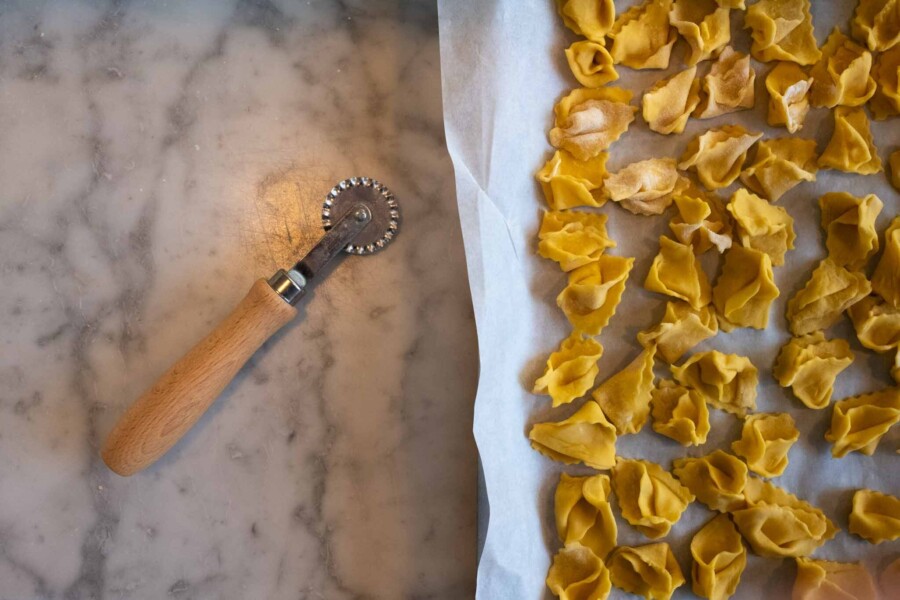
Where to eat Cappelletti
If you want to try the best cappelletti in Italy, head to Romagna, where this pasta is a local specialty.
Best restaurants to try Cappelletti
For an authentic experience, check out these spots:
-
Ravenna restaurants – A full list of the best places in Ravenna, most of them have Cappelletti in the menu
-
La Baita (Faenza) – A small shop and restaurant next to the ceramic museum. Cappelletti are always in menu
-
Osteria de Borg (Rimini) – Suggested also by Michelin and Slow Food, you will find cappelletti with ragù and seafood alternatives
Learn to make Cappelletti in a true Romagna Cooking Class
If tasting cappelletti isn’t enough and you want to get your hands in the dough, there’s no better way than joining a Ravenna cooking class.
During this experience, you’ll be guided by a rezdora, the traditional Romagna home cook, who will share her secrets and techniques handed down through generations. Step by step, you’ll learn to:
-
Knead and roll fresh pasta dough like a pro
-
Fill and fold cappelletti to perfection
-
Prepare passatelli, a unique breadcrumb-based pasta
-
Make curzul, a type of rustic hand-cut pasta similar to tagliatelle
At the end of the class, you’ll sit down to enjoy the fruits of your labor. Picture yourself savoring a steaming bowl of cappelletti in brodo, paired with a glass of Sangiovese wine, surrounded by the laughter and warmth of Romagna hospitality.
If you’re looking for a genuine Italian food experience, this is something you simply can’t miss!
Conclusion
Whether you’re making cappelletti pasta at home or planning to taste it in Italy, this traditional dish is a must-try.
So, will you be making cappelletti from scratch or booking a Ravenna tour?
Either way, your taste buds are in for a treat!
